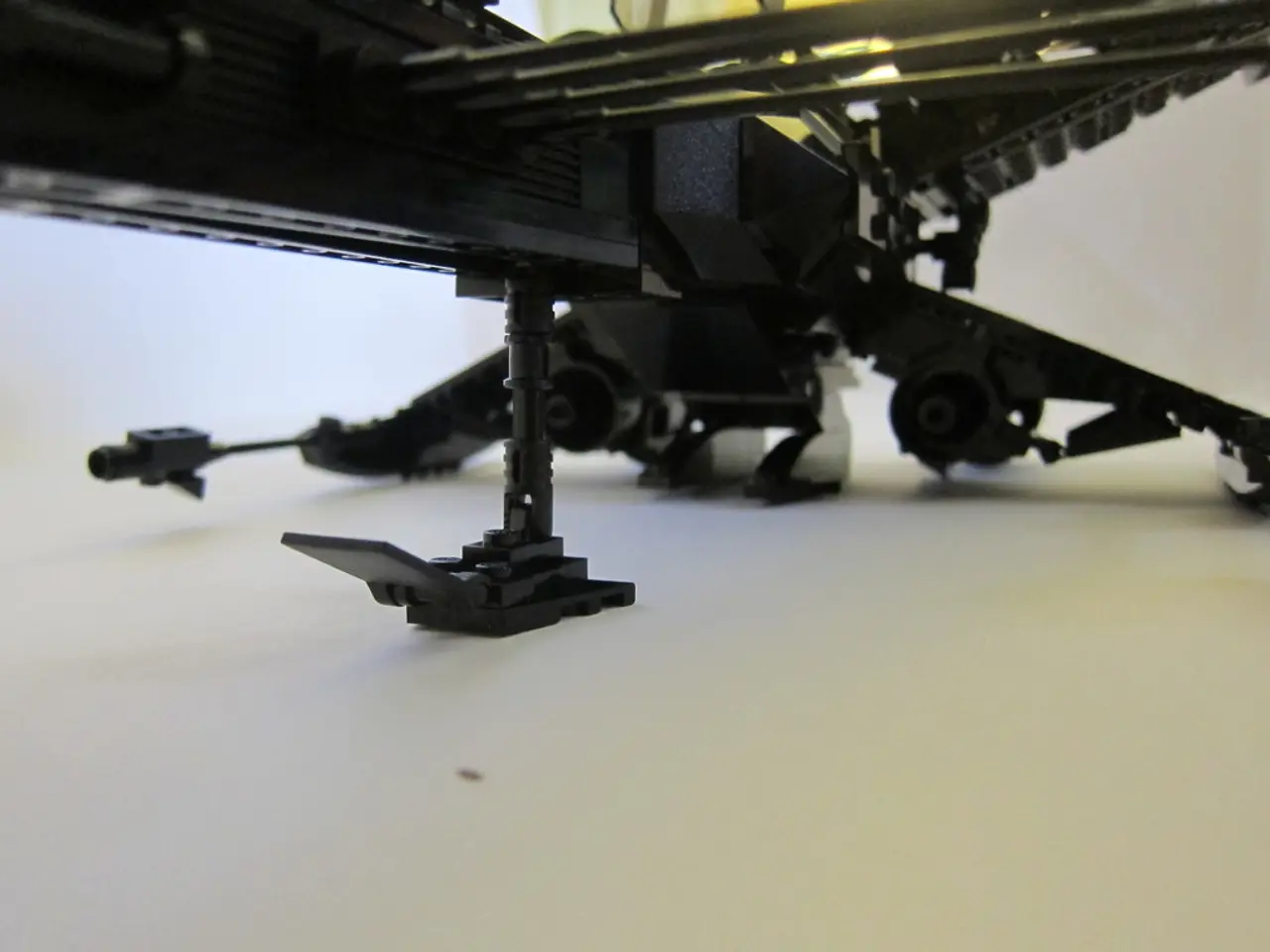Drone pursuit and supposed capture of a hostile naval vessel by China, as they announce.
China's WZ-7 Drone Demonstrates Advanced Reconnaissance Capabilities
The People's Liberation Army (PLA) has showcased the capabilities of its WZ-7 drone, one of the world's largest reconnaissance drones, in a recent demonstration. Built by the Aviation Industry Corp (AVIC) of China, the WZ-7 is equipped with advanced radar, infrared, and optical sensors that enable it to capture detailed imagery essential for military operations.
Known before its military induction as Xianglong, or "Soaring Dragon," the WZ-7 is widely regarded as China's most capable reconnaissance drone. It is unique globally due to its distinctive aerodynamic design with swept-back and forward wings, resembling a traditional Chinese kite, which enables superior flight performance at high altitudes.
In the demonstration, the WZ-7 was deployed to verify the presence of a foreign vessel in the western Pacific. Upon detection, the drone systematically searched the area and identified two suspicious objects. An automatic identification system flagged one object in the photographs as a possible target. The WZ-7 then sent the exact locations of the suspicious objects to ground control.
The WZ-7's capabilities complement those of the WZ-10, another unmanned aerial vehicle primarily used for electronic reconnaissance. The WZ-10 transmits imagery and data to the brigade's intelligence center, providing wide-area scans followed by close-up identification of targets, as defense analyst Wu Peixin explained.
Compared to other drones like the US Northrop Grumman RQ-4 Global Hawk, the WZ-7 reportedly flies higher and faster, indicating a technological edge in terms of altitude and speed capabilities according to Chinese experts. This advanced performance enables China to conduct extensive surveillance missions with greater coverage and precision.
The WZ-7's unique design and performance advantages reflect China's advancements in drone technology and expand its aerial reconnaissance network. Publicizing such operations, especially those involving the WZ-7, is unusual for the PLA. However, this demonstration underscores China's commitment to enhancing its military reconnaissance capabilities and maintaining a strong defense posture.
The video depicts a coordinated mission involving the WZ-7 and WZ-10 unmanned aerial vehicles. Upon confirming the target, the WZ-7 sends instructions to inspect the objects more closely. The WZ-7 then takes detailed images and collects sensor data, which helps analysts confirm that one object is a foreign vessel. The sequence ends with a CJ-10A cruise missile launcher shown preparing for a simulated strike.
The PLA frequently flies reconnaissance missions over the western Pacific to sharpen its surveillance and intelligence-analysis skills. The WZ-7's high-altitude, long-endurance surveillance is suited for detailed strategic and tactical intelligence gathering, significantly enhancing China's military reconnaissance capabilities. AVIC has said the WZ-7 is only the second unmanned aircraft in the world capable of flying freely across civilian airspace routes, underscoring its versatility and potential for future operations.
Read also:
- High-Performance Computing (HPC) in the cloud propels medical research ahead, facilitating advancements in healthcare.
- Predictive analysis reveals another month of moderate heating usage due to autumn's temperate climate.
- Top News Highlights in Data Sphere:
- Over 11,000 historical records digitised and preserved in Kamchatka








